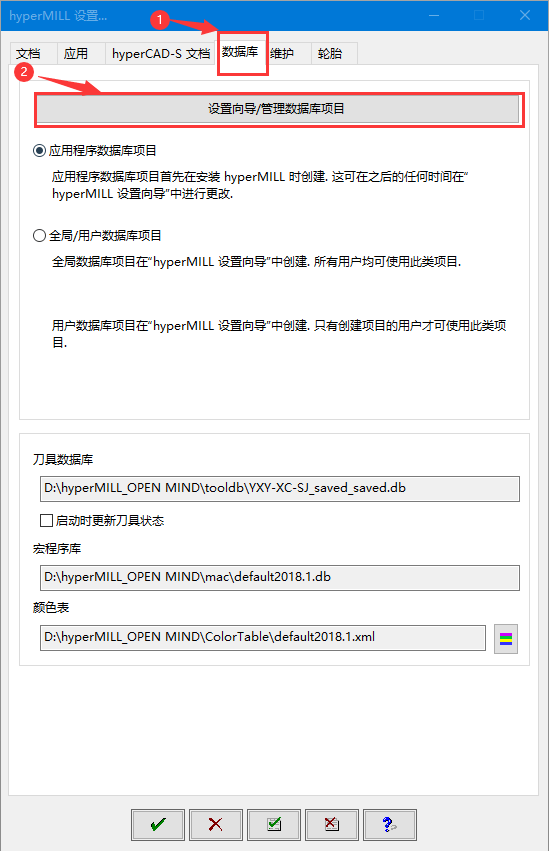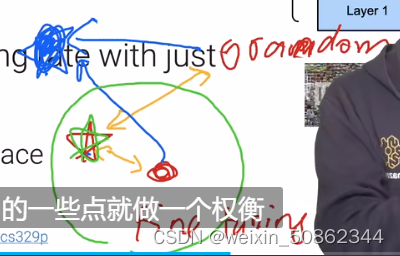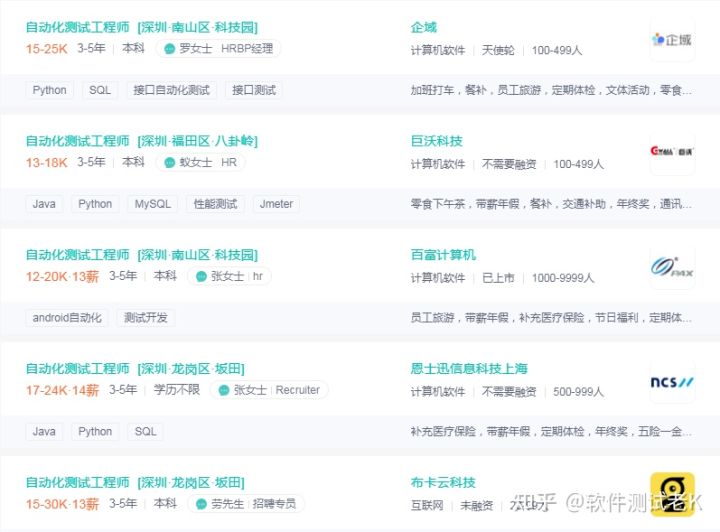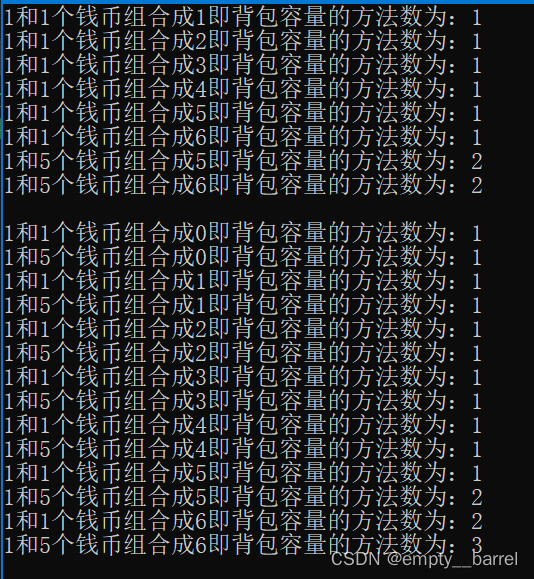Another main function of OAM is performance measurement, including packet loss measurement, delay measurement, delay jitter measurement, and throughput measurement.At present, the industry has proposed a variety of schemes: performance measurement scheme based on RFC 6374, performance measurement scheme based on TWAMP and performance measurement scheme based on dyeing.Both the RFC 6374-based scheme and the TWAMP-based scheme are active performance measurements, and the dye-based scheme is a hybrid measurement.For the two schemes of active performance measurement, the scheme based on RFC 6374 is only suitable for MPLS encapsulation scenarios, while the scheme based on TWAMP can be used in various scenarios such as SR-MPLS, SRv6, and IP/MPLS, and is more general.
1. Basic principles of TWAMP measurement
The current active performance measurement scheme of SRv6 mainly adopts TWAMP's Light architecture, that is, lightweight TWAMP.TWAMP is an active performance measurement method. It constructs a test flow based on a five-tuple (source IP, destination IP, source port, destination port, and DSCP), and measures the performance and performance of the IP link according to the received UDP response packets.state.
TWAMP has 4 logical entities, including Session-Sender, Session-Reflector, Control-Client, and Server.Among them, Control-Client and Server are control plane roles, responsible for the negotiation (initialization), start, stop and other management work of measurement tasks.Session-Sender and SessionReflector are data plane roles for performing measurements.Session-Sender sends TWAMP Test packets, and Session-Reflector responds to TWAMP Test packets.
In practical applications, TWAMP is divided into Full architecture and Light architecture according to the deployment locations of the four logical entities.
Full Architecture
: Session-Sender and Control-Client are combined into one entity, called Controller; Session-Reflector and Server are combined into one entity,Known as Responder.The Controller interacts with the Responder through TCP-type TWAMP Control packets to establish a test session.After the session is established, the Controller sends a UDP packet to the Responder, and the Session-Reflector in the Responder responds to the TWAMP Test packet.
Light Architecture
: Session-Sender, Control-Client and Server are combined into one entity, called Controller;Session-Reflector is an entity called Responder.Under the Light architecture, key information is directly sent to the Controller through the interface configuration, and the TCP packet negotiation process on the control plane is not required, simplifying the Controller to be the Sender; the Responder is only responsible for receiving TWAMP Test packets and responding to the packets, thus simplifying the overall architecture.
2. Active SRv6 performance measurement based on TWAMP
Because the control plane of the TWAMP Light architecture is based on TCP, and the data plane Test packets are based onUDP, both of which can be transmitted based on the IPv6 network layer, so they can be directly applied to the SRv6 network without any changes to achieve performance measurement.
The TWAMP Light architecture can be configured through the controller to enable performance measurement for SRv6.The configuration model is shown in the figure below. Parameters such as measurement protocol, destination UDP port, and measurement type need to be configured.
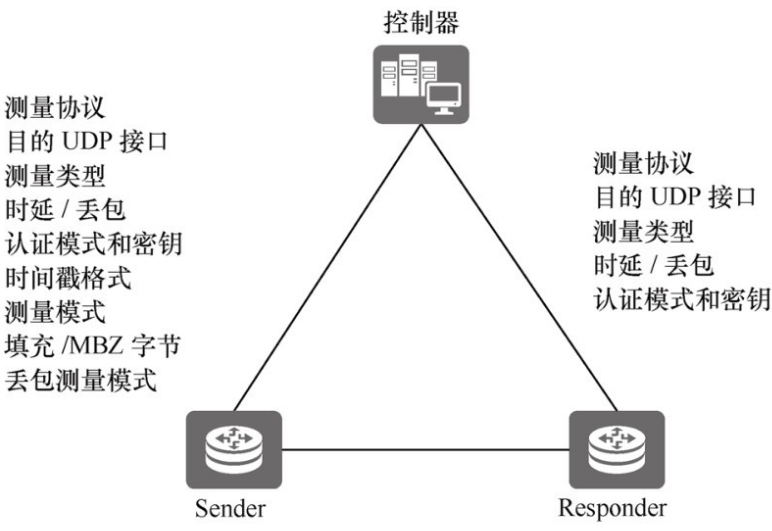
3. Hybrid SRv6 performance measurement based on dyeing
The working principle of IPFPM based on coloring is to color the packets of the data flow according to a certain block (block), and to measure the performance of the colored packets in the block, such as the value of each block.If the packets are fixed, the packet loss rate can be calculated according to the number of packets received in the corresponding color.

First, you can set the coloring based on the number of packetsFor example, set 1000 consecutive messages as a color block; it can also be set based on time, for example, set continuous messages within 1 s as a color block.Use a value of a field in the packet to specify the color. For example, you can use the IPv6 Flow Label field for coloring. When the Flow Label value is 0, it is one color, and when the value is 1, it is another color.
Take the packet loss measurement as an example, the dyeing node dyes the packets and sends them.Every 1000 packets is a color, and the color alternates between 0 and 1.The statistics node collects statistics based on colors when recording packets. If the device receives 998 packets with the color 1 in a row, the number of lost packets is 2, and the packet loss rate is calculated to be 0.2%.
In the SRv6 network, IPFPM can be colored based on the IPv6 coloring field, or can be colored based on the SRv6 Path Segment.By replacing the value of Path Segment, SRv6 packets can be dyed to support IPFPM-based performance measurement.
原网站版权声明
本文为[InfoQ]所创,转载请带上原文链接,感谢
https://yzsam.com/2022/222/202208092207477953.html


